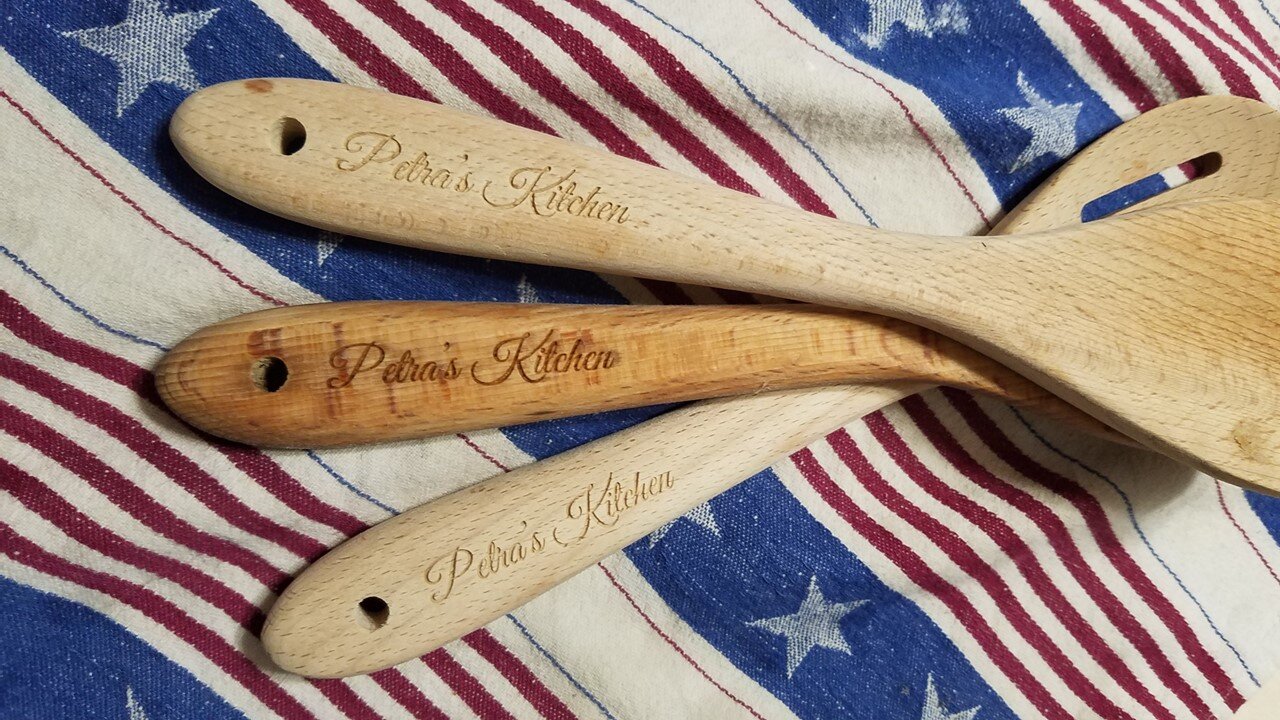Premium Only Content

TOO EASY SOURDOUGH STARTER NO FEED OR DISCARD - EASILY STORED SET IT- AND FORGET IT TYPE SOURDOUGH
About ½ cup of flour (do not use bleached flour)
Good natural yoghurt (about 2 heaped tbsp.) - do not use pasteurized
About 1/3 cup water (more or less depending on consistency)
A few caraway seeds (about ½ tsp)
1 tbsp. Rye flour (optional)
The higher protein flour you use, the faster the fermentation will set in.
All measurements are approximate, as the bacteria is not demanding and will take over the starter.
The better the environment for the bacteria, the better the fermentation and your starter will be.
The starter should be a little thicker than a pancake batter.
Once combined, let it sit, with a breathable top on the countertop for about a week.
You can stir gently every day, but this is really not necessary
– just as a reminder that you have something on your countertop.
After a week, take the sourdough and start mixing in more flour
Any flour – just not bleached, this will kill off your sourdough.
Add enough flour to dry out your starter – when you think you’ve added enough – add a little more.
Once you are satisfied that your starter is dry, place it incased in flour in a jar,
or even inside your bag of flour for safe keeping.
To rehydrate the starter:
The day before you bake:
use about a golf sized parts(s) of your dehydrated starter.
Add enough water to get it to a soft dough consistency
Leave it covered on your countertop overnight
– Your sourdough should be alive and active by the time you are ready to bake.
I usually use around 1/5 of the grams in flour (for 500g of flour, I use 100g sourdough).
Depending on the strength of your sourdough and the flour you use in your recipes,
you can do more or less.
A lighter bread (white bread) can use less, a heavier bread (dark rye etc) will use more.
-
 3:23:26
3:23:26
Pardon My Take
7 hours agoSUPER MEGA THANKSGIVING PREVIEW, KIRK COUSINS WANTS TO BE IN WICKED 2 + PFT/HANK RIVARLY CONTINUES
1.86K1 -
 LIVE
LIVE
The Kevin Trudeau Show
2 hours agoWhat Women Do Wrong in Relationships (From a Man’s Perspective) | The Kevin Trudeau Show | Ep. 69
307 watching -
 19:49
19:49
This Bahamian Gyal
13 hours agoFIRED after VENTING online about ELECTION results
2047 -
 LIVE
LIVE
REVRNDX
2 hours agoYOUR NEW FAVORITE RUMBLE STREAMER
93 watching -
 1:04:41
1:04:41
Russell Brand
2 hours agoIs This the End? Climate Emergencies, Kamala’s Chaos & Political Meltdowns EXPOSED! – SF502
73.4K96 -
 LIVE
LIVE
The Charlie Kirk Show
2 hours agoThe Harris Team's Comical Post-Mortem + Trump the Peacemaker + AMA | Paxton, Greenwald | 11.27.24
8,304 watching -
 1:21:15
1:21:15
RaikenNight
2 hours ago $1.59 earnedWanted to take the time to welcome all the new people coming over to Rumble
5.66K1 -
 15:12
15:12
Goose Pimples
5 hours ago7 Ghost Videos SO SCARY Your Phone Will Call 911 Itself
7781 -
![Almost Turkey Day! Ranked Heihachi into Blue Ranks? Nani?!?[Tekken 8] #RumbleTakeOver](https://1a-1791.com/video/s8/1/5/t/u/_/5tu_u.0kob-small-Almost-Turkey-Day-Ranked-He.jpg) LIVE
LIVE
CHiLi XDD
4 hours agoAlmost Turkey Day! Ranked Heihachi into Blue Ranks? Nani?!?[Tekken 8] #RumbleTakeOver
316 watching -
 59:24
59:24
The Dan Bongino Show
4 hours agoCoping Hollywood Actress Says Trump Supporters Are "Uneducated" (Ep. 2379) - 11/27/2024
562K1.6K